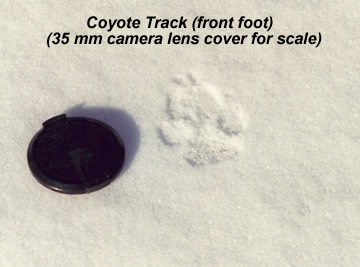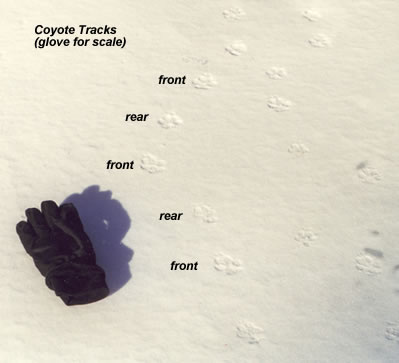English
CoyoteArapaho
koo'ohTechnical Information
Canis latrans
Coyotes and the Arapaho
The coyote is very important in Arapaho life and legend, but he is not a classic trickster figure, unlike the case for many other tribes such as the Navajo. Rather, he is often a helper-figure who comes to the rescue of humans. In one story, the coyote rescues Friday (the 19th-century Arapaho who was raised and educated partially by whites, and became an influential chief and interpreter) and leads him to safety. Another similar story tells of a young Arapaho boy taken captive by the Apache. He was let loose by them, but faced death attempting to cross hot, dry lowlands on his way home. The coyote arrives, and teaches him how to find water, make fire, catch food, and avoid the enemy, finally leading him back to his people. The boy acquired the gift of being able to speak to and understand the coyotes when they howled - a valuable skill which he used to help his people. One account says that the Arapaho would raise young coyote pups and keep them as pets, and that the coyotes would then help the Arapahos with hunting. In fact, only the eagle is mentioned more often among animals with which Arapahos of the olden days could communicate via howling and whistling.
The coyote also occurs in many Nih’oo3oo (trickster) stories, where he is often a rival to the trickster, succeeding in tricking him in turn. In these stories, he approaches the role of a trickster figure himself, except that coyote rarely acts in gratuitous, inappropriate and excessive ways like classic tricksters - he is simply wise and clever.
The upper Colorado River valley in Rocky Mountain National Park was called koo’ohwuu-niicii-hehe’ (‘little coyote river’), from which the modern English name Kawuneechee is borrowed.

